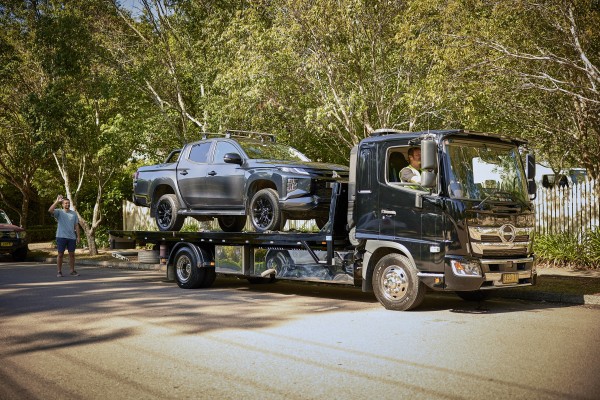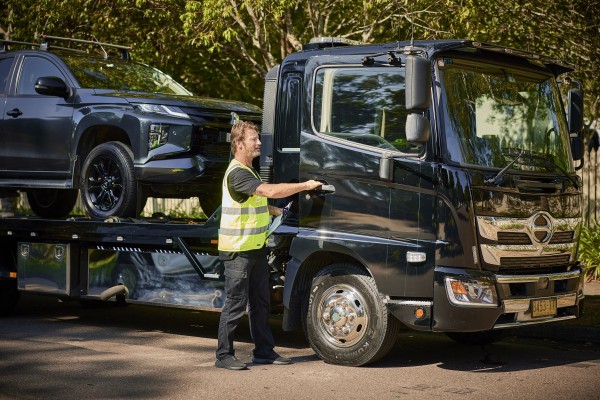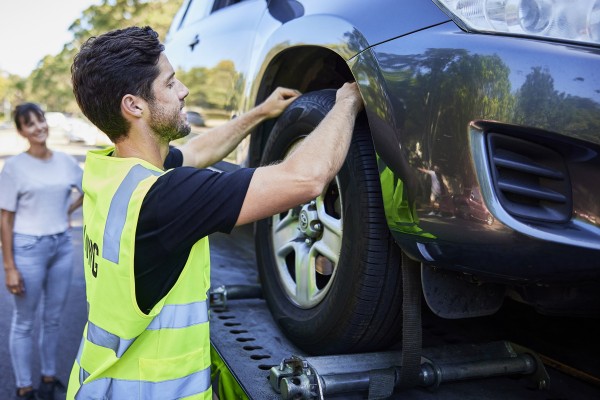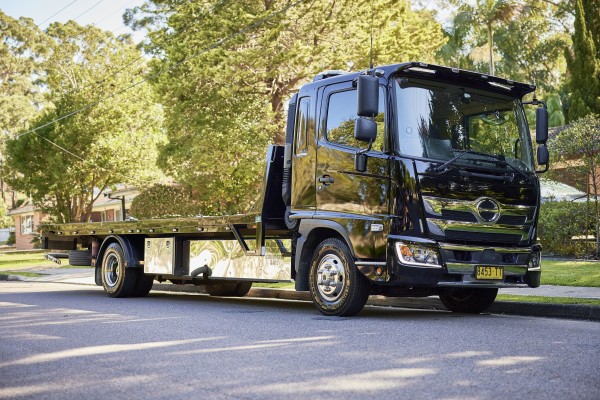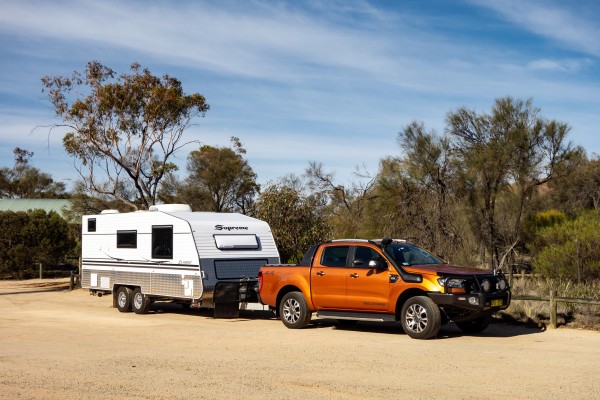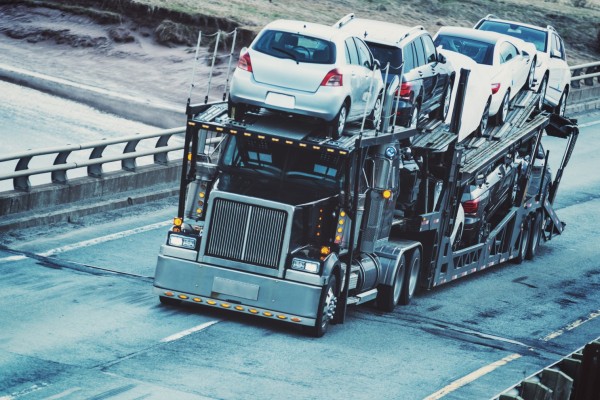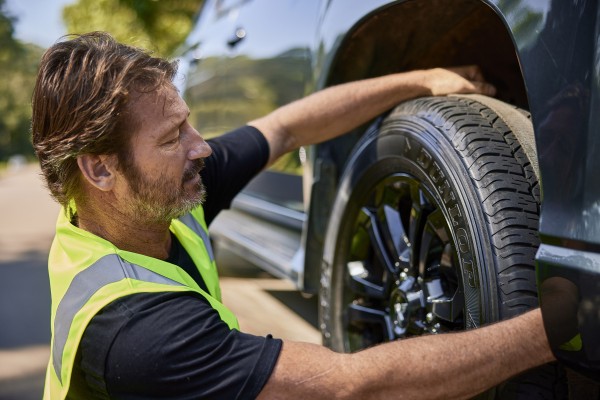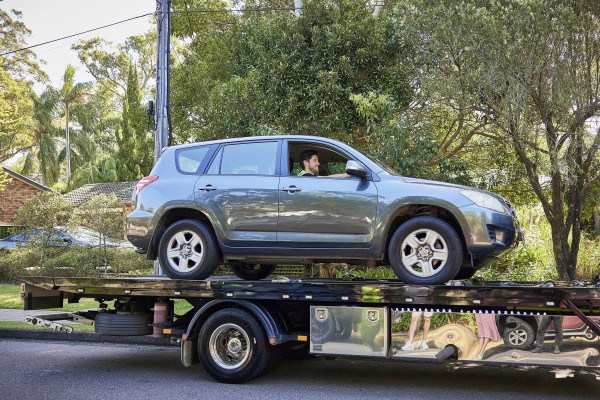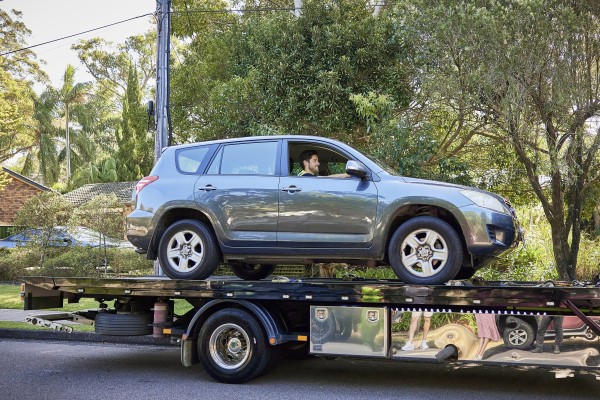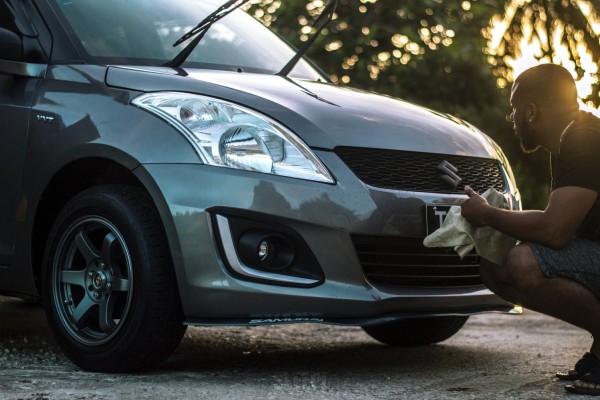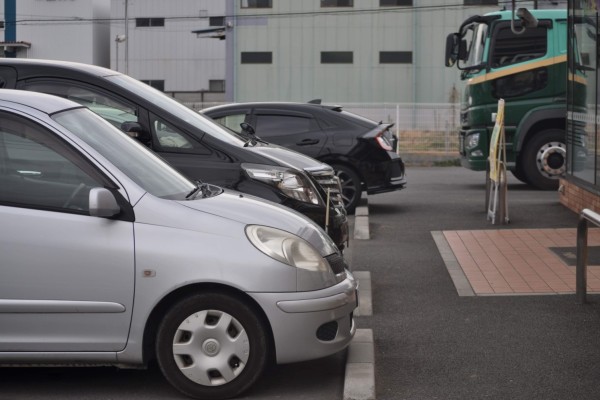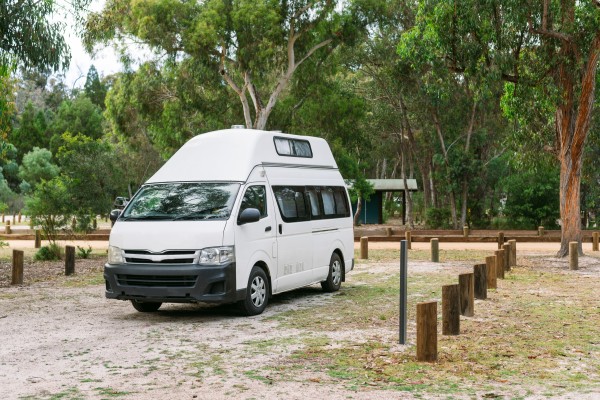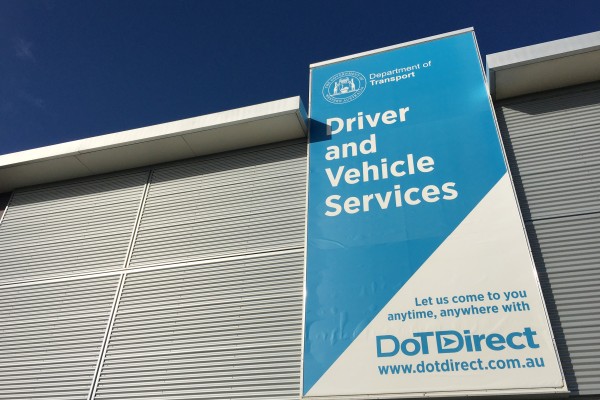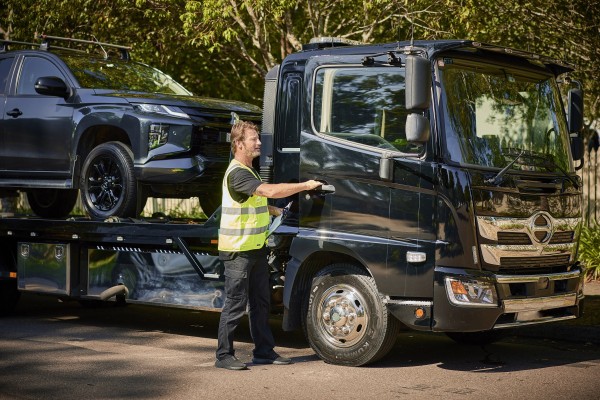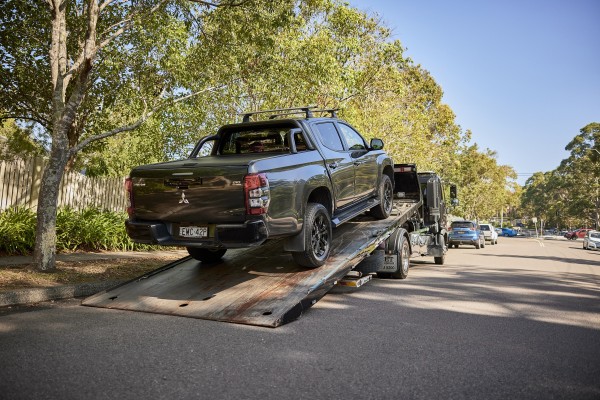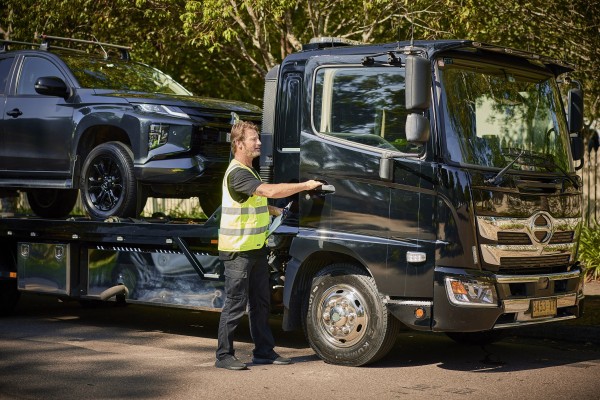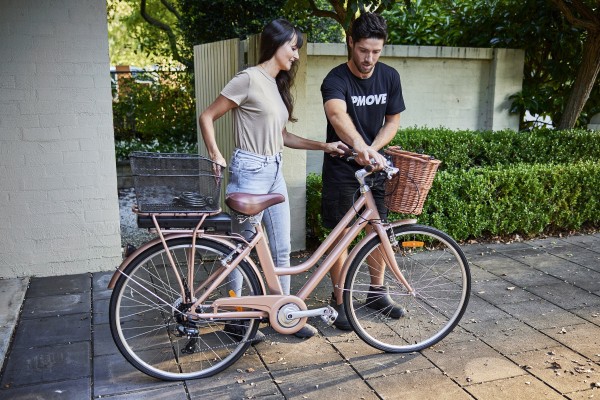Complete buyer’s guide to interstate car transport
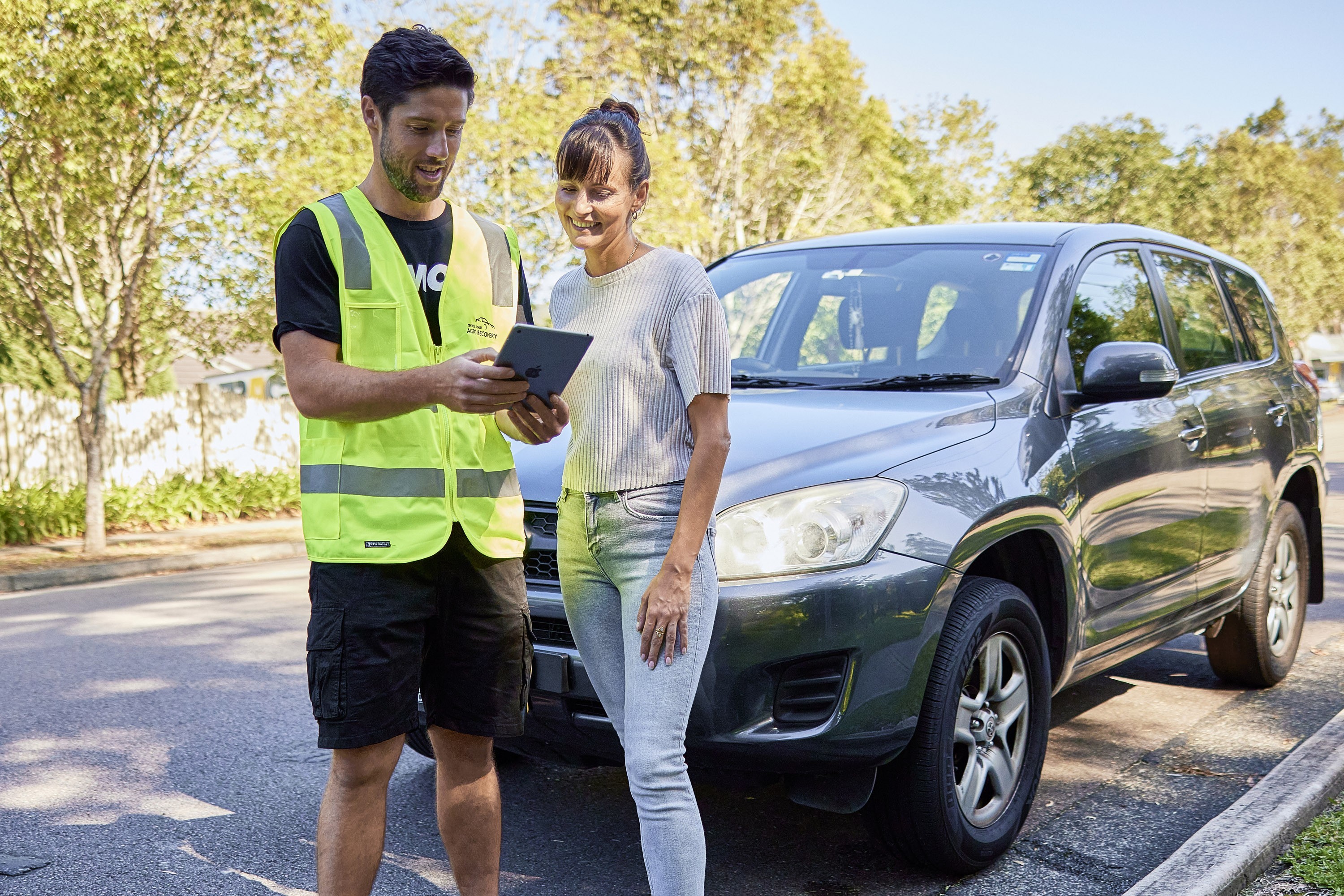
Buying a car online from a private seller, online car auctions or dealerships halfway across the country has boomed over the last few years, with 73% of Aussies now considering to make their next vehicle puchase online. This has been made possible by the ease and affordability of reliable car transport services across Australia.
In this guide, we’ll help you navigate buying a car interstate, how to do rego checks, explore the cheapest way to transport cars interstate, and help you get the best possible deal.
Can I buy a car interstate in Australia?
In short, yes. However, there are two legal requirements you must be aware of:
- Transfer the vehicle registration to the new state
- Purchase new number plates for the new state
Some states make it easy to transfer the registration, while others can be trickier. For instance, in WA you can perform the transfer online, making it one of the best places to start looking for a car online. In contrast, QLD and VIC are the hardest. However, armed with knowledge, there's no need to stress if your dream car is in one of these states - just follow this step-by-step guide on changing a vehicle's registration.
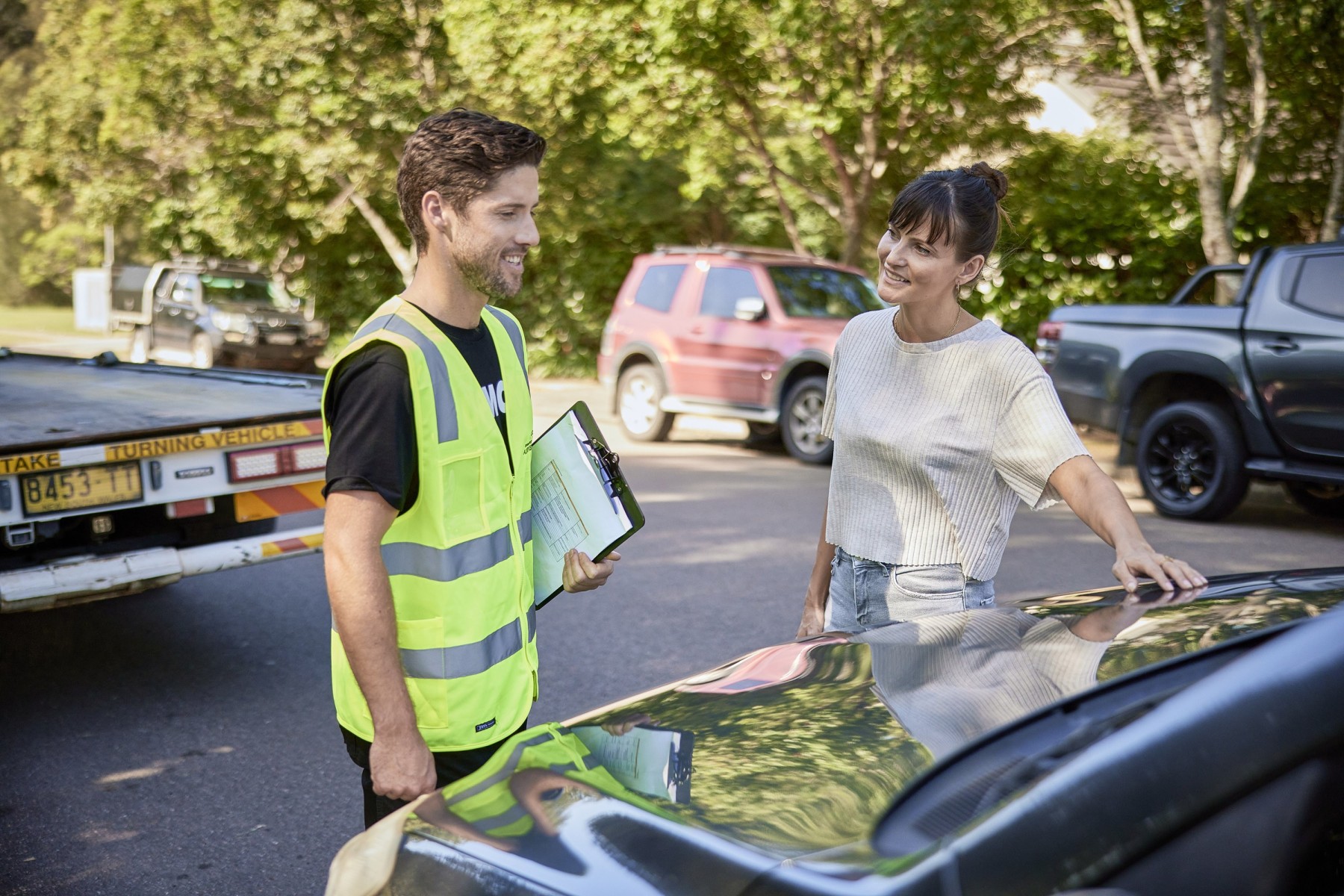
Pro and Cons of buying a car Interstate
Pros
- Wider selection. Often, the specific model you're searching for isn’t available locally; broadening your search to a neighboring state or across Australia will provide many more options.
- Potential for better prices. Vehicle values differ significantly across states, possibly allowing you to purchase your dream car at a substantially lower price.
- Tax advantages. Some states have lower sales taxes or offer incentives for buying certain types of vehicles, like electric cars.
Cons
- Challenges with inspection and test drives. Without being there in person, you may need to pay for inspection services or ask someone to help, which can be inconvenient.
- Extra costs. Beyond the purchase price, you'll face additional expenses for registration in your home state and transport costs.
- Registration complexity. Transferring registration and compliance with new state regulations can be complex and time-consuming.
What are the best ways to purchase a car in Australia?
In Australia, you can finance a car in a number of ways. If you can’t buy it cash, taking out a personal loan or using your credit cards is one option.
However, if you need financing, it might be best to just buy through a car dealership or speak to your bank.
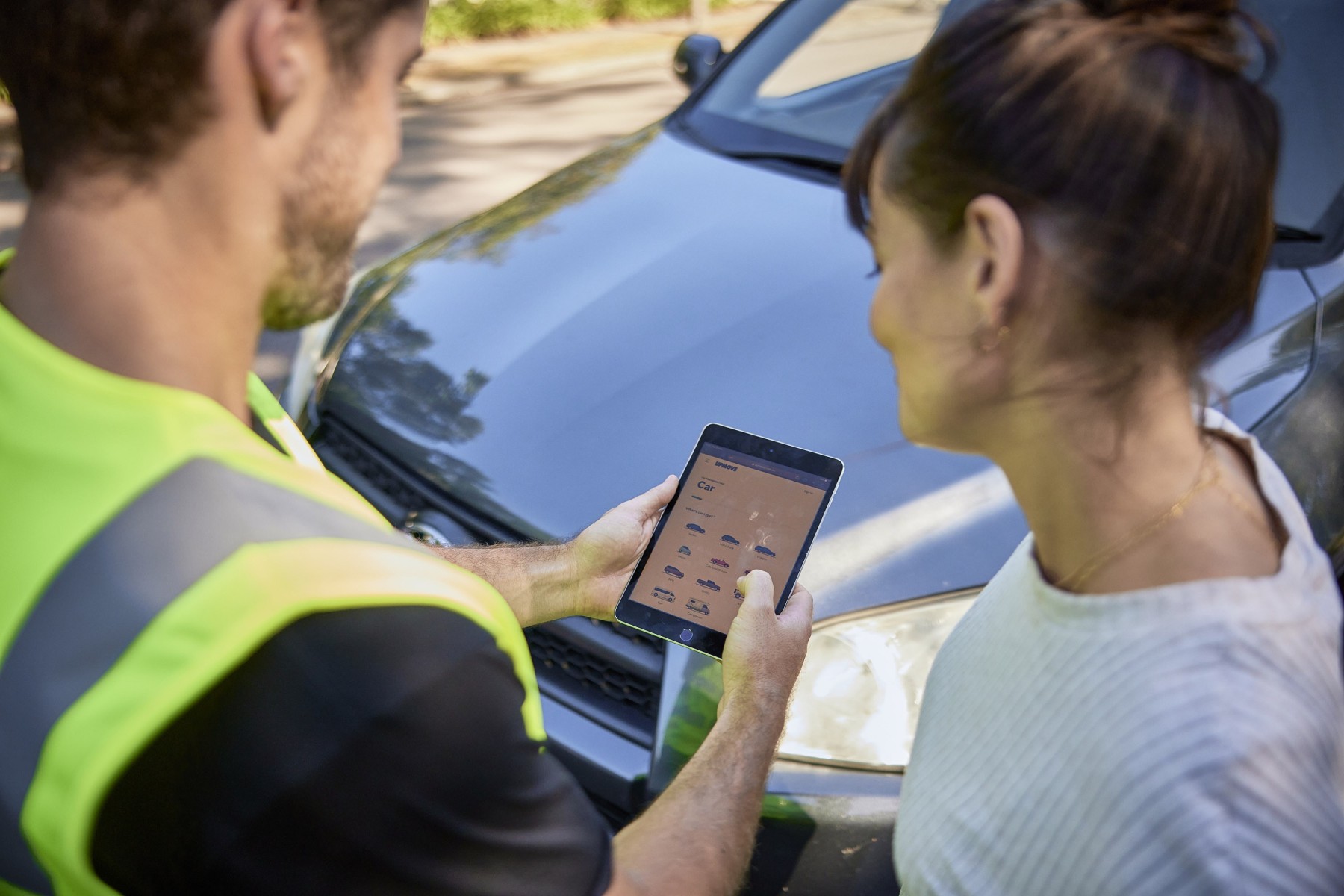
Where to find new and second-hand cars online?
Private sales
This is one of the easiest ways to shop for second-hand cars. Using sites like Only Cars, Gumtree or Facebook Marketplace, you can browse thousands of cars for sale throughout Australia. More our full guide to buying a used vehicle.
Dealerships
Car dealerships are one of the best ways to find new and second-hand cars in different states. What’s really convenient is that you can go to your local dealership and ask them if the car you want is currently for sale at any of their other branches. That way you know your risks are minimised and you’re still getting the best deal.
Auctions
The beauty of an online auction is that you have access to some of the best deals all from the comfort of your home. If you’ve found the auction you want to take part in, it might be a good idea to have a representative present if they’ll be allowed to inspect the car.
How to do a car history check?
This is an important step, and one not to be missed, it can save you a lot of hassle in the future. There are three main ways to check the history of second-hand cars:
1. Do a free car history check
There are a few websites that offer free reports. This will tell you the car’s title history, specifications, and if it has been in any accidents. It is worth it to pay for a full report once you have found the car you really want to purchase.
2. Review the Personal Property Securities Register (PPSR) report
Look up the vehicle's serial number in the PPSR to see if any security interests have been registered against it, or if it has been written off or stolen. This report is usually free and can be quite valuable.
3. In Queensland? Do a Rego check
The Queensland Government offers a free online service that allows you to check the history of a car’s registration. This will tell you if the car is legally registered if it has compulsory third-party insurance, and also confirm the model and type.
What is the best way to inspect a car that's in another state?
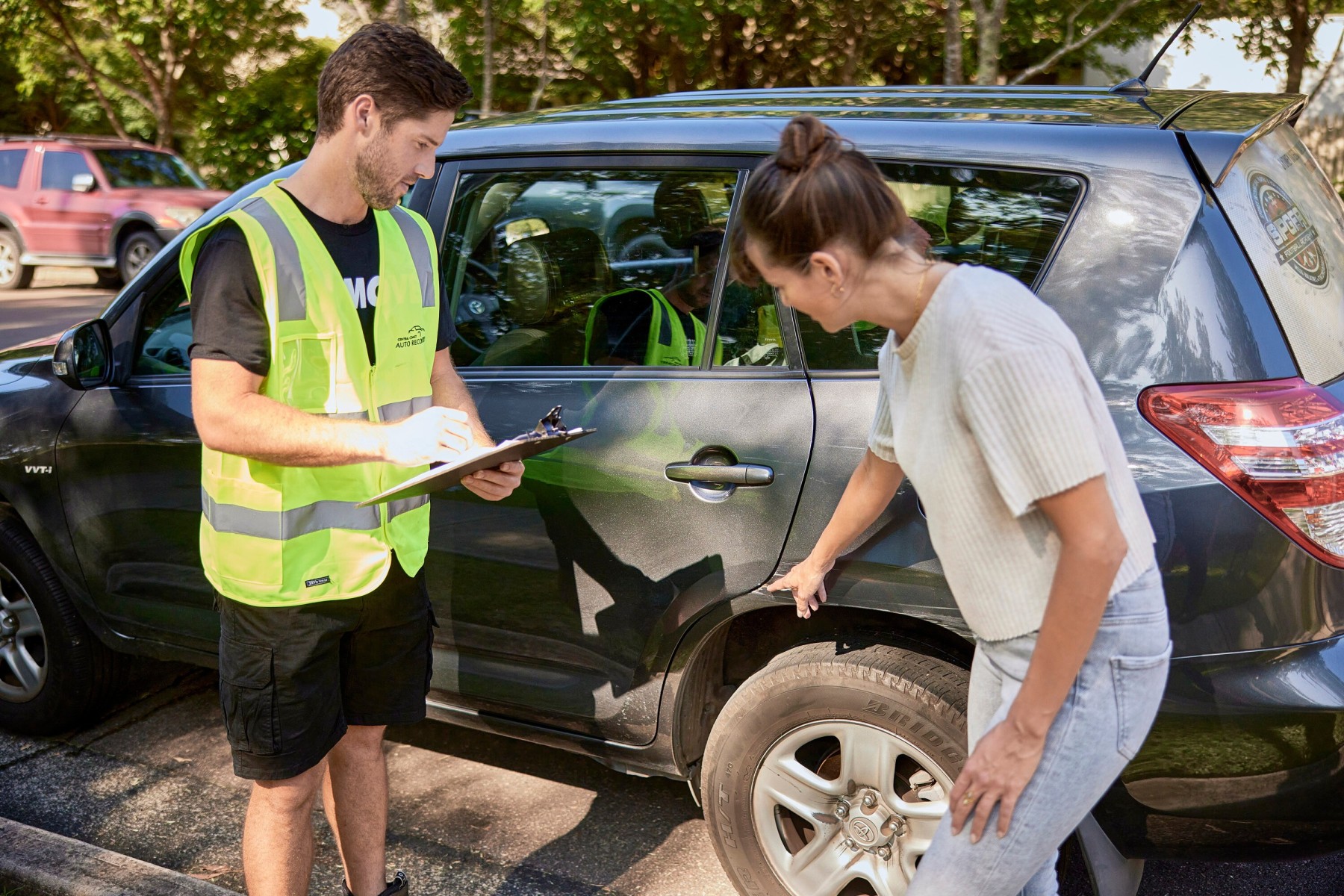
If you’re buying a car interstate, you might not be able to physically inspect it. There are, however, ways around this.
1. Ask the seller to send you photos and videos of the car from all angles. This will give you a good visual indication of the car’s condition. It might not be enough though to make an informed decision.
2. Ask the seller to take the car for a test drive and have them video record the drive. This will give more insight, but the seller might avoid driving in certain ways to hide faults.
3. If you’re still unsure, ask the seller to take the car to a local mechanic of your choice for an inspection. Using their pre-purchase vehicle inspection services gives added peace of mind that the inspection was up to standard.
Tip. When buying a used vehicle, you may also be covered for Statutory Warranty. Statutory Warranty is a is a no-cost warranty applied to second-hand vehicles sold by licensed dealers and manufacturers.
This type of warranty is designed to protect consumers from faulty vehicles, although it’s worth noting that statutory warranty offers far less coverage than a comprehensive manufacturer’s warranty. see our guide to car statutory warranty by state and territory.
Insurance and paperwork requirements
After any car sale, it is necessary to get insurance and change registration to your name. When buying a car interstate, you will also need to change the registration to your state. This can add some complexity.
Insurance
The first step is to get insurance for the car. You can compare quotes and find the best deals online. You will also need Compulsory Third Party (CTP) insurance.
What is CTP insurance?
CTP stands for Compulsory Third Party insurance and is payable at the same time as your motor vehicle registration. As with vehicle registration, CTP insurance is mandatory.
Unfortunately, even if you have comprehensive insurance, you will still need to be covered by CTP insurance (green slip). CTP insurance is there to cover any personal injury liability that might arise from an accident you caused.
Registration
Once you have insurance, you need to contact your state’s transport department and organise registration in your name. This can usually be done online or over the phone. However, all states have different rules and services available.
The transfer has to be from the state of origin (where the seller is) to your home state. You might need to secure a temporary registration (Unregistered Vehicle Permit) if you plan on driving it back yourself.
Alternatively, you can use an interstate car transport service to get it there without papers. You can then finalise the registration transfer once the car is in your state.
Using a service for interstate car transport means less stress and kilometres on the clock. It can also be pretty affordable. The trick is to get several car transport quotes from reputable companies.
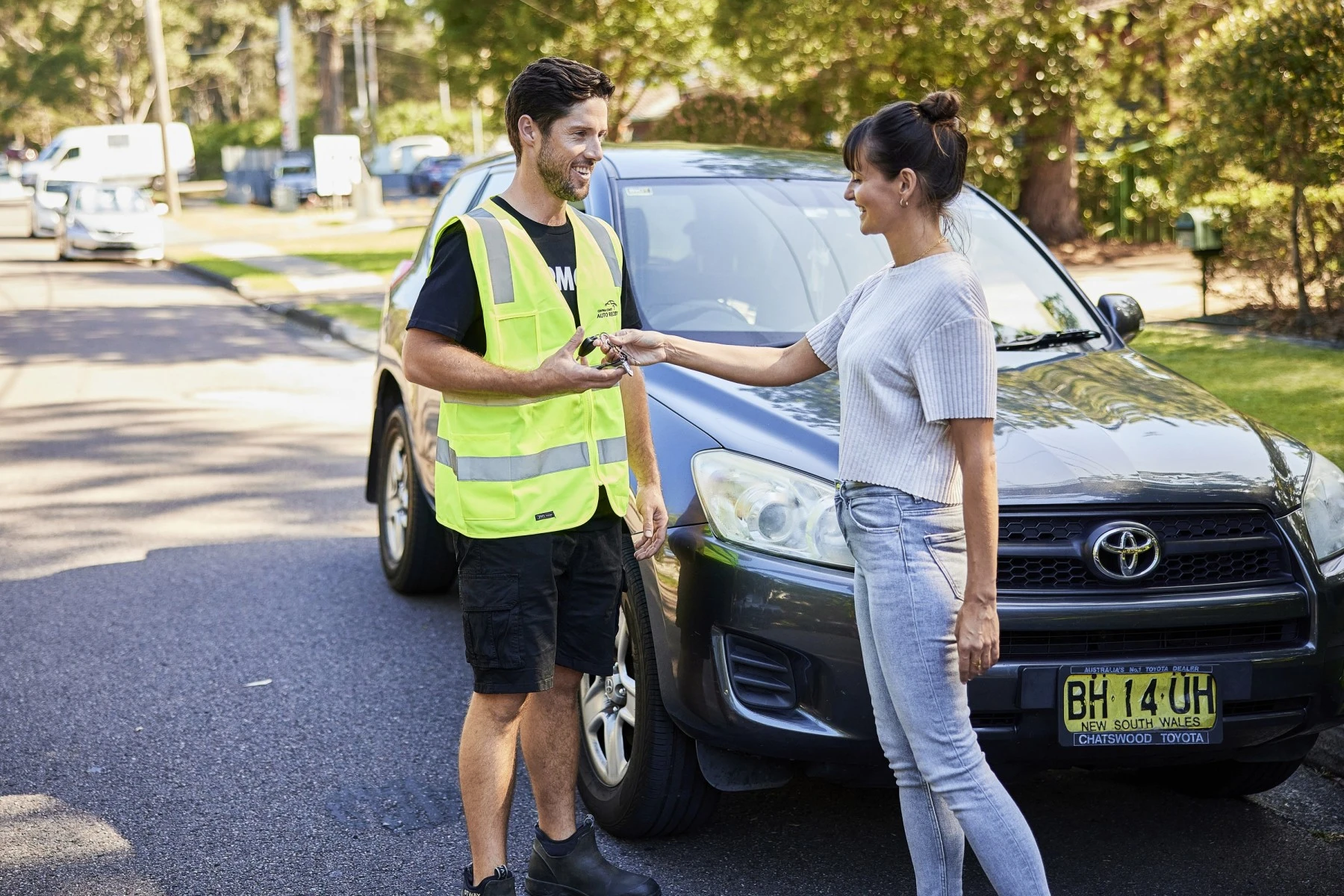 When is the best time to buy a car?
When is the best time to buy a car?
There is no definitive answer, but generally, the best time to buy a car is at the end of the financial year. Car dealerships are keen to clear their stock and will offer discounts and deals. That means the best time to buy a car in Australia would be around June.
Frequently asked questions
Will sales tax be double imposed if I buy out of state?
No, you don’t have to pay sales tax twice if you buy a car from another state. The tax is only paid once when the car is registered in your state. However, if you buying a high-value car, you may be required to pay Luxury Car Tax (LCT).
Can I drive the car home?
Yes, you can drive the car home as long as you have insurance and temporary registration in your name. That said, using a car transportation company or a logistics services provider might be the safer bet.
Is it possible to pay sales tax with a loan?
In most cases, yes, but there are exceptions. If the loan is a personal loan, you should be able to apply for the amount you need, no matter what you use it for. If you opt for financing, you will need to discuss it with your bank.
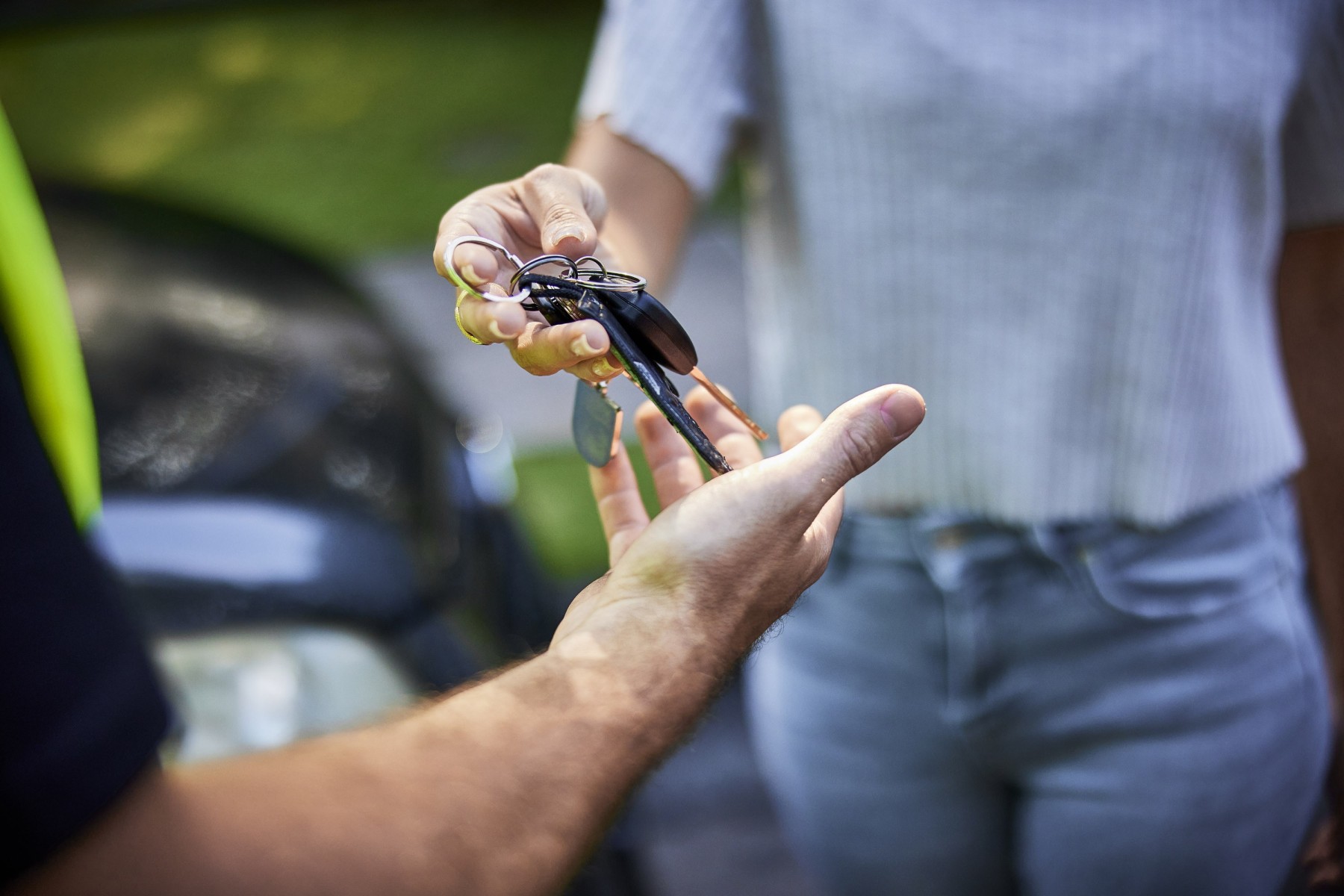
Summary: 5 easy steps to interstate car buying
While there will always be a few unique requirements depending on the state and seller, these steps will keep you on track to buying, transporting and registering your new car.
Step 1. Do a car inspection
While finding cars on the internet has its advantages, buying remotely also has disadvantages. For one, the car needs to be inspected.
Even if you’re buying through a trusted seller, you need to confirm the condition of the car to make sure you’re getting the best possible price. You can get most of the details you need online, like information about the car’s condition, features, service history and warranty. But you can’t feel how it drives, turns, accelerates.
The best way to get an honest and experienced opinion is by hiring an independent mechanic. They’ll do the pre-purchase car inspection that will give you the reassurance you need to close the deal.
If you’re not 100% sure what you need to look out for during your inspection, download our free car inspection checklist.
Step 2: Run a car history check
It’s important to always run a history check on a second-hand car. It’s especially important if you’re buying out of state.
What will a history check tell you?
Until recently, you were either required to hire a company to do the check for you, or you could wait hours in line to check it with your state's transportation department. Thanks to the internet, this is no longer necessary. You can check your car's history online.
Step 3: Purchase the car
Once you’re happy with the condition and price of the car, it’s time to put in an offer and get financing.
If you purchase a car from an interstate dealer, you will need to fill out some additional paperwork. Below is a list of what you will need:
Step 4: Register the car
The registration and title transfer for your car depend on where you bought it. A dealer will issue you a temporary registration until you visit your state's DMV. However, a private sale won’t have this.
Before you can register your car, you'll need to transfer the bill of sale to your name. You can even apply for temporary registration before you pick up the car so that you can drive away legally.
If you plan on driving your car to your home state, check with the DMV to find out the laws there. Driving might not be the best idea if you haven’t really tested the car. The best in many cases is to get it transported.
Step 5: Transport the car home
If you want to move your car from one state to another, there are a few options:
- Self-drive. This is an option if you want to do the inspections and transfer of registration yourself. You can fly over, buy the car, and drive it back. This will add fuel to your cost and the risk of something going wrong on a long drive.
- Pay someone to drive it back. This has all the same risks (perhaps a few more if you consider that they don’t have the same vested interest), but it will save you time and effort.
- Get a car transporter. This is by far the best method to transport a car long distances. The benefit is that your car is being shipped by professionals and isn’t clocking kilometres. Make sure you get multiple quotes and check customer reviews before booking. Alternatively, get free quotes from an online marketplace like Upmove. All the transportation companies are already vetted, you can simply choose the best quote.
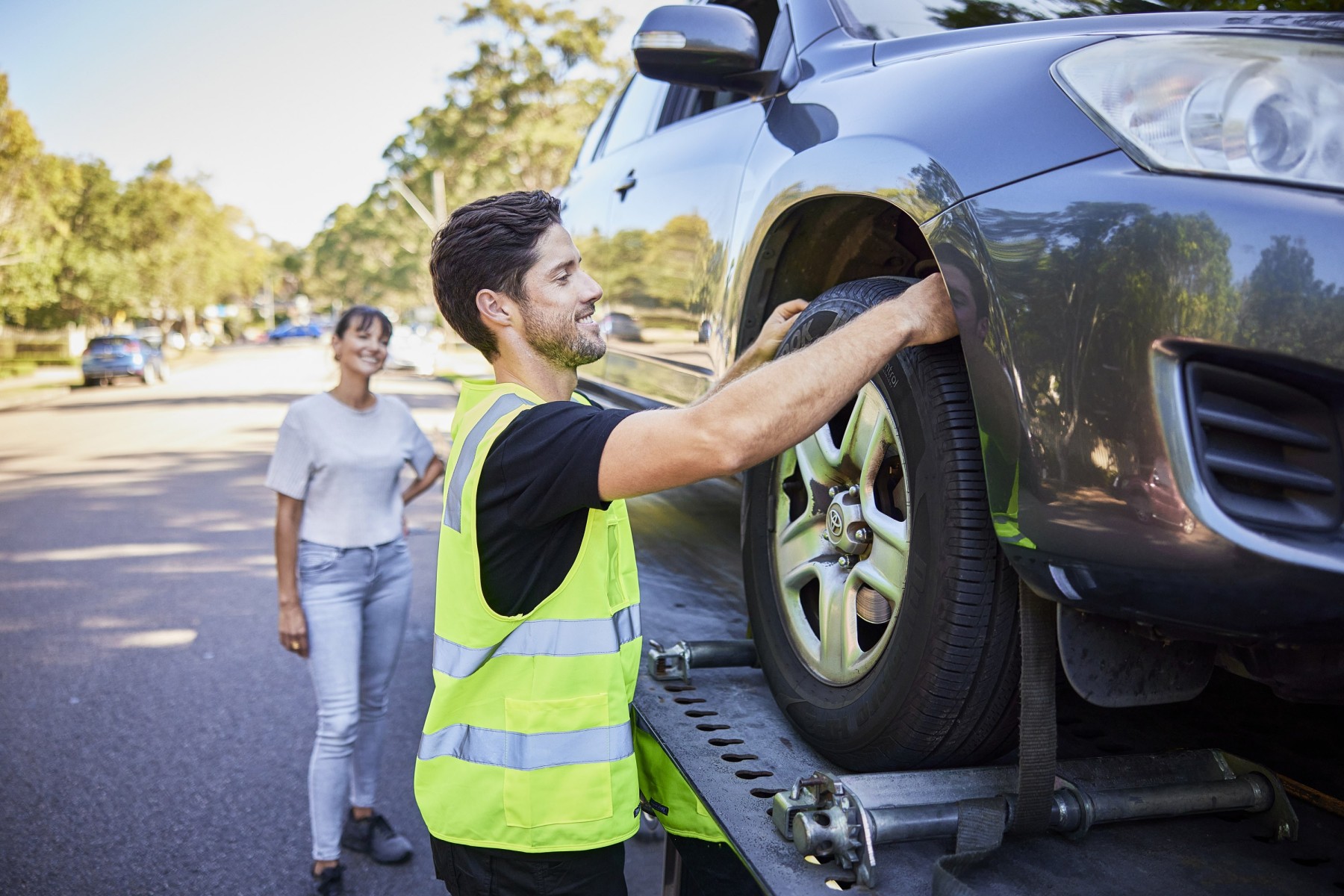
Car Transport Guide
In this section we cover the best way to get your new vehicle saftey home, covering the types of transport, what to watch out for, the how to get the best price.
What are the Different Types of Car Transport?
There are a few different types of car transport, but the main ones are single-car carrier transport, single-level, and multi-level open-car carrier transport. The type you choose will depend on a few factors: the vehicle type and size, the weight of your car, how far it needs to be transported, as well as your budget.
● Driver Delivery
This is where a driver will deliver your car to your doorstep. The advantage of this type of transport is that it’s very convenient. The downside is that it can be quite expensive.
● Single Car Carrier Truck
With a single-car carrier, your car is transported on the back of a tow truck. The advantage is speed. It’s often more expensive and the downside is that your car is exposed.
● Single Level Open Car Carrier
Bigger than your single car tow truck, a single-level open car carrier can transport up to 6 cars. This can significantly decrease costs and as it will be transported by a specialised company, there is usually less risk.
● Multi-Level Open Car Carrier
If you’re shipping your new car more than 2000km across the country from a major city, you might want to consider a multi-level open car carrier. Sharing the costs with others will help reduce costs.
The following tips will help you choose the best car transport Australia
-
Price: When you’re looking for a car transport company, always get quotes from a few different suppliers. This will give you an idea of the market rate and help you negotiate.
-
Location: Ideally, try to choose a company that has multiple branches, so you're only paying for transport “one way”. It’s important to choose a company that has an office that is close to you.
-
Insurance: Make sure that the car transport company has insurance and ask for proof of coverage. If anything were to happen to your car during transport, you don’t want to be left without any recourse.
-
Track Record: The best car transport companies will have a good track record. Look for reviews from previous customers to get an idea of the quality of service you can expect.
-
Free Quotes: Always ask for free quotes from car transport companies before you make a decision. If you have to pay for a quote or jump through hoops - run for the hills!
How much does it cost to transport a car interstate?
The cost of transporting a car interstate varies depending on where it's being moved from and too; below are some popular routes to help give you an idea of cost:
Car transport Brisbane to Melbourne - $550 to $950
Car transport Perth to Sydney - $1,100 to $1,670
Car Transport Sydney to Melbourne - $550 to $1,100
The five main factors affecing the costs of vehicle transport:
How to Prepare for Car Transport Interstate
Preparing your car for transport is all about safety. The safety of your car and other people on the road.
You might need to ask the seller to do a few things to prepare your car for transport.
Alternatively, discuss your needs with the interstate car transport company you have chosen.
Important things to do before you load your car
To ensure the safety and security of your vehicle and others during transit, there are a few things you should do.
Inspect your vehicle for any damage before the journey
Not only will this help identify potential issues that could arise during transportation, but it will also help determine if there was any damage done during transport.
You can inspect your car externally in a few easy steps:
- Have your car washed so you can easily spot any damage.
- Note down all chips, dents, scratches, and other cosmetic damage.
- Photograph the vehicle from a variety of angles, take close-ups of any damage, and also note areas free of damage.
- Date both the photographs and the written record.
- In addition to your personal records, ensure that the transporter makes an official note.
If you are shipping any additional items inside your car, make sure you inform your transport company
Your transportation company will have specific rules and regulations regarding items inside the car. It’s possible to ship goods with your car, just declare it.
Remove all toll tags and parking passes
If your car has a toll tag or parking pass, remove or deactivate them. If you don't, they may be charged during the trip.
Make sure your car is in good working order
Even though your car won’t be driving much during transport, it should still be in good working order. Any issues should be made known to the transporter, as they could cause delays. That’s why a pre-purchase vehicle inspection is so important.
Checklist for good operational order:
- The battery should be fully charged and the tyres properly inflated.
- Fill up the car's fluids like oil and water
- Reduce your petrol to a quarter tank. This will keep things moving when necessary while reducing excess weight.
- Check for any leaks or mechanical issues prior to shipping. It is never a good idea to put leaking cars at the top of a multi-car carrier. They could leak onto the cars below.
Preparing your car properly will help ensure your car will arrive on time.
How can I protect my car while transporting it?
Insurance is a vital aspect of car transport, interstate especially. While many interstate car transport companies have insurance, there are those that don’t. Even if they have insurance, it might not be enough for your specific needs - especially if your car is valuable, vintage or limited edition.
If you’re in the process of getting insurance, make sure your policy covers long-distance transport. Alternatively, consider purchasing specific insurance that will protect your car if something happens on the road.
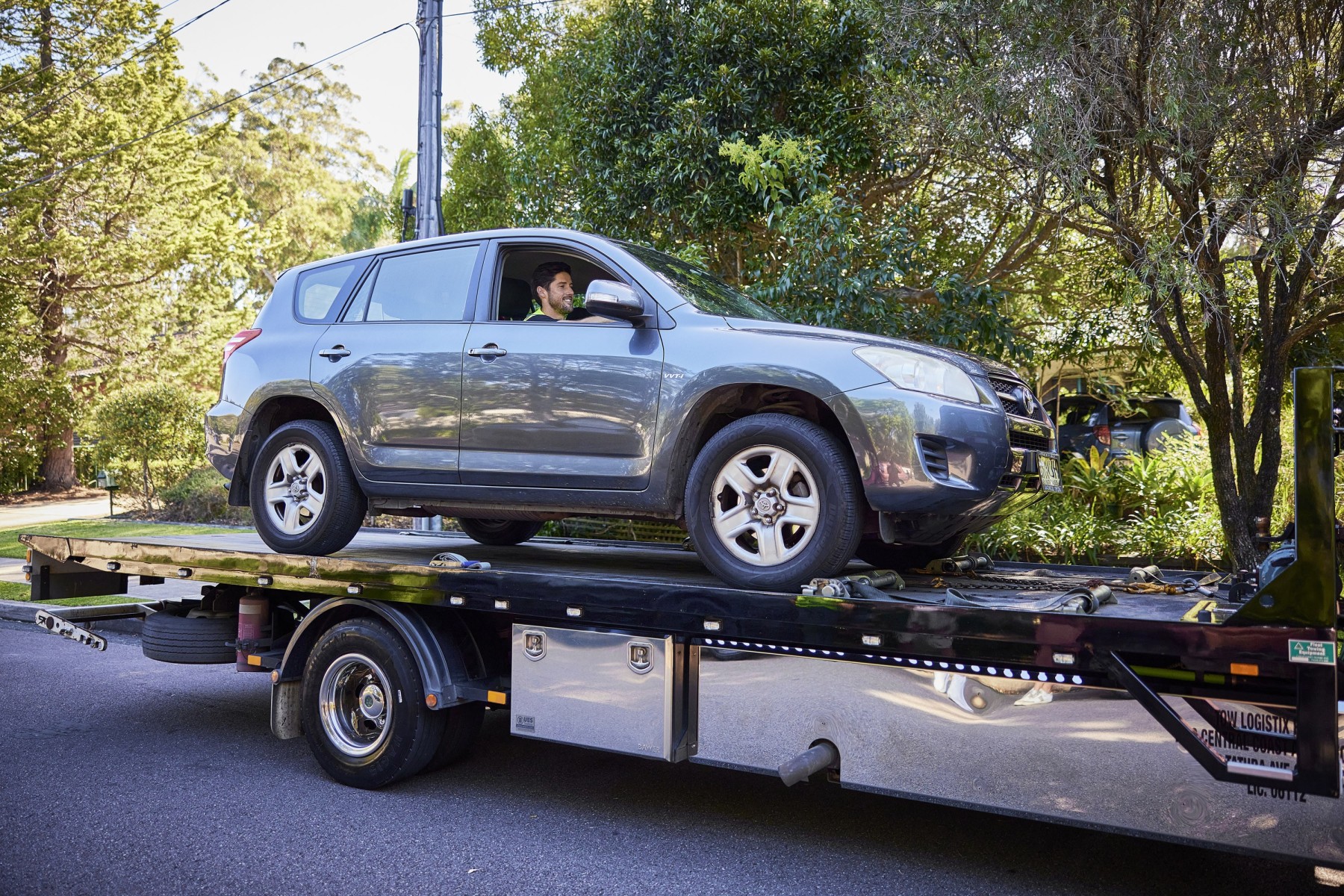
The best and cheapest way to transport your vehicle is to get multiple quotes from reliable car transport companies via Upmove. This allows you to compare quotes from hundreds of different transporters in your area - and choose the best one for your needs.
What do our customers say?


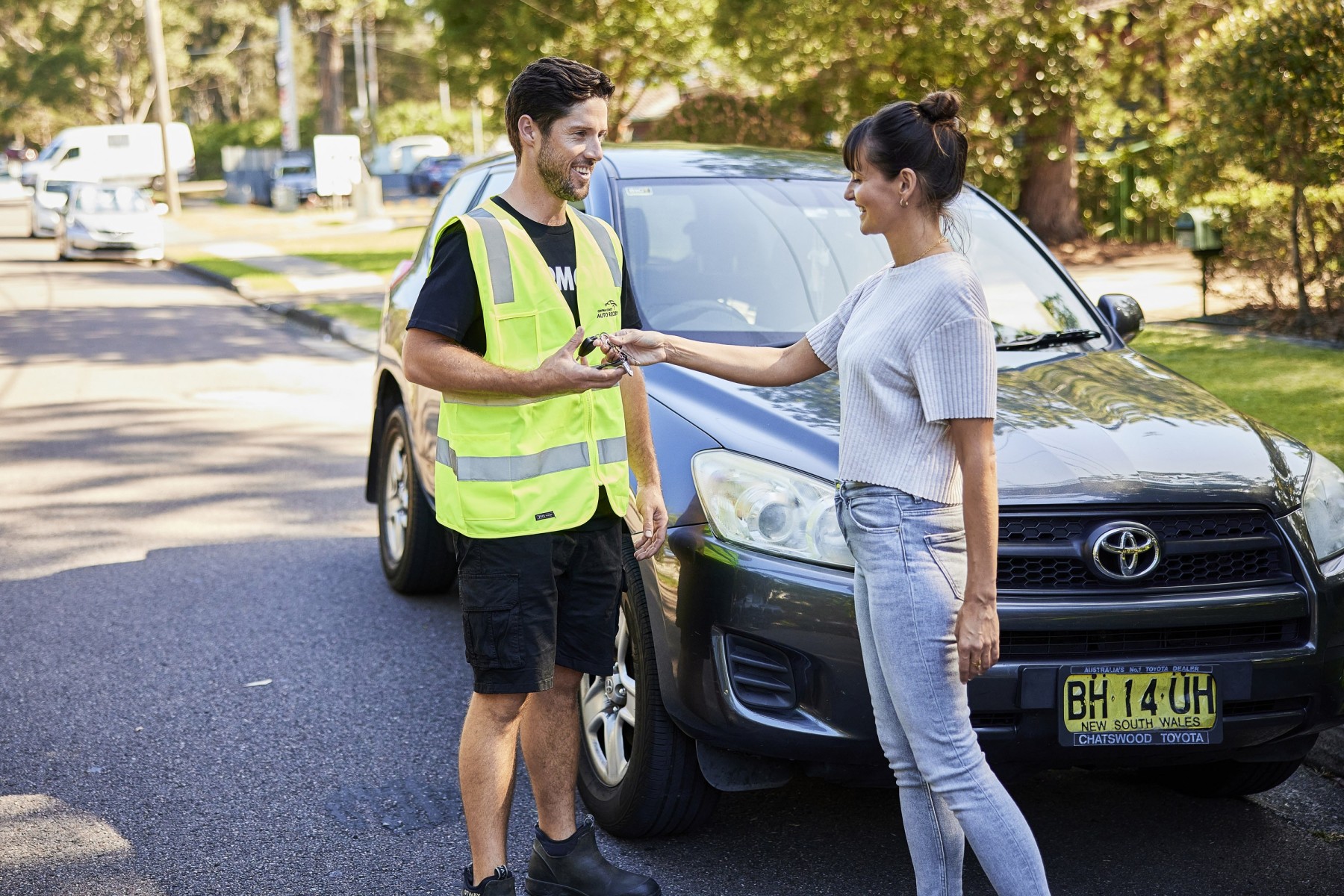 When is the best time to buy a car?
When is the best time to buy a car?


